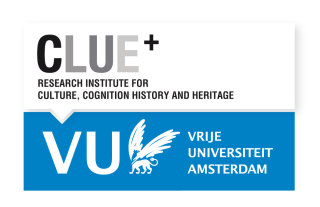

- Title
- Ceramic Perspectives on Connectivity in the Ancient Mediterranean
- Price
- € 187,00 excl. VAT
- ISBN
- 9789089646286
- Format
- Hardback
- Number of pages
- 344
- Language
- English
- Publication date
- 10 - 03 - 2025
- Dimensions
- 21 x 29.7 x 2.4 cm
- Partner

- Discipline
- History, Art History, and Archaeology
- Also available as
- eBook PDF - € 186,99
Jill Hilditch, Martina Revello Lami (eds)
Ceramic Perspectives on Connectivity in the Ancient Mediterranean
The identification of ceramic imports within prehistoric and historic assemblages has long been the primary indicator for identifying connections between different sites and regions. Yet this has fostered a presence/absence diagnosis for contact between different communities. Approaches such as post-colonial perspectives and network analysis, which focus on the nature of the connections, are now beginning to offer more meaningful ways of considering past interactions. These approaches can bridge the traditional divide between “prehistoric” and “historic” and offer a valuable contribution to the wider study of past interactions in the ancient Mediterranean.
The geographical or topographical setting of an archaeological site is often acknowledged as an important factor in their significance or how well connected the community was within the cultural landscape. But to what extent do geographical categories such as “island,” “coast,” “mainland” or “hinterland” influence modern ideas on the dynamics of these ancient communities? This volume uses ceramic studies across multiple spatial and diachronic scales to provide new insights into the connectivity of ancient Mediterranean communities.
The geographical or topographical setting of an archaeological site is often acknowledged as an important factor in their significance or how well connected the community was within the cultural landscape. But to what extent do geographical categories such as “island,” “coast,” “mainland” or “hinterland” influence modern ideas on the dynamics of these ancient communities? This volume uses ceramic studies across multiple spatial and diachronic scales to provide new insights into the connectivity of ancient Mediterranean communities.
Editors
Jill Hilditch
Jill Hilditch is an Associate Professor in Archaeology at the University of Amsterdam, specialising in the Bronze Age Aegean and ceramic studies.
Martina Revello Lami
Martina Revello Lami is an Assistant Professor in Material Culture Studies at the Faculty of Archaeology, Leiden University, specialising in pre-Roman Italy and ceramic studies.
Related titles
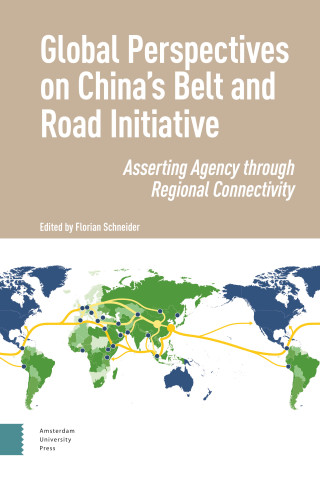
Global Perspectives on China's Belt and Road Initiative
Florian Schneider (ed.)
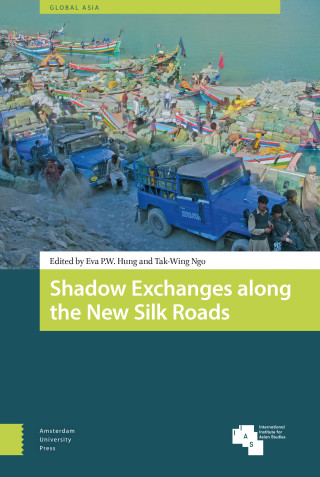
Shadow Exchanges along the New Silk Roads
Eva P. W. Hung, Tak-Wing Ngo (eds)
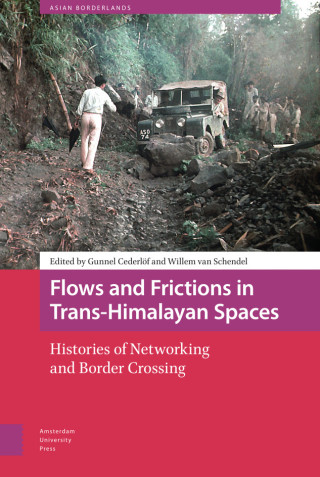
Flows and Frictions in Trans-Himalayan Spaces
Gunnel Cederlöf, Willem van Schendel (eds)
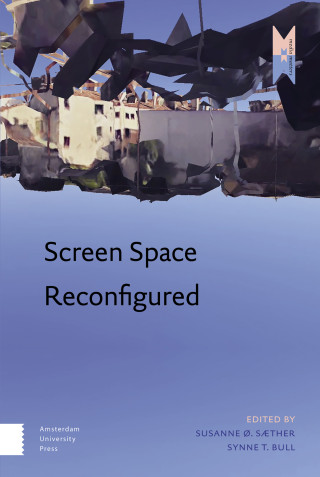
Screen Space Reconfigured
Susanne Saether, Synne Tollerud Bull (eds)
